The Key to Pull-Up Progress in Calisthenics
Shoulder Stability: The Key to Pull-Up Progress in Calisthenics
Most people think pull-ups are hard. The truth is, they don’t have to be, not if you’re targeting the right muscles and stabilizing your shoulders correctly. A lot of people, struggle with slow pull-up progress because of poor shoulder mobility and stability (myself included).
Fixing that changes everything.
In this post, I’m sharing five key exercises to strengthen and mobilize your shoulder joint, giving you the foundation to make pull-ups feel natural and safe.
1. Passive Hang: Unlock Your Shoulder and Spine
The passive hang might seem simple, but it’s incredibly effective.
Benefits:
Reduces tension in the neck, shoulders, and back
Improves grip strength
Opens up your spine
Why it helps: Most of us have tight shoulders from work, sports, or previous training. Hanging daily restores mobility, creating a stable foundation for pulling movements like pull-ups or chin-ups.
This exercise isn’t just for calisthenics, it helps anyone who trains or spends long hours sitting.
2. Upper Trapezius Release: Let Your Shoulders Work Properly
Grab a tennis ball, hockey ball, or foam roller. Your goal: release tension in the upper traps.
Problem: Tight upper traps dominate, preventing you from fully engaging your lower traps, which are essential for shoulder stabilization.
Solution: Roll and hold tight spots, move your arms overhead or to the side, and focus on slow, controlled pressure.
This “shoulder medicine” strengthens your joint, improves mobility, and allows you to generate more pulling force safely. It also reduces the risk of injuries in the neck, shoulders, and back.
3. Scapula Pull-Ups: Engage the Right Muscles
Scapula pull-ups are the first step of every pulling movement.
Why they matter: They teach you to depress the shoulder blades, activating your lower traps and lats before the pull.
Key tip: Pull from a stable shoulder position to protect your joints and improve efficiency.
This exercise is challenging because it activates every muscle around the shoulder joint, emphasizing external rotation and scapula control, crucial for pull-up success.
4. Strengthen the External Rotator Cuffs
External rotation is the unsung hero of shoulder health.
Why: These small muscles stabilize the shoulder during pulling, pushing, and pressing movements.
How: Slow, controlled reps in all your shoulder exercises, focusing on keeping your shoulder joint active and engaged.
Over time, this creates a more resilient shoulder, capable of handling calisthenics, weight training, or even sports like tennis and swimming.
5. Full-Body Integration: Connect Shoulders, Core, and Legs
A strong shoulder is important, but your pull-up relies on your whole body.
Tip: When performing these exercises, engage your core, tighten your legs, and move deliberately.
Outcome: You build a stable, powerful body that transfers strength efficiently, making pull-ups, push-ups, and other upper-body movements feel much easier.
Putting It All Together
Consistency is key. Practice these exercises daily or at least several times a week. Over time, you’ll notice improved shoulder mobility, better control, and faster pull-up progress.
The biggest takeaway: calisthenics training isn’t just about brute strength. It’s about building a body that moves well, stabilizes itself, and grows stronger efficiently.
At Famba Fitness,
we focus on helping busy professionals master these fundamentals. Our personalized group personal training teaches you how to stabilize, strengthen, and move efficiently, so that pull-ups, handstands, and other calisthenics skills become achievable, safe, and rewarding.
Register Your Interest Today? And Join our calisthenics community in Amsterdam West, with our experienced calisthenics personal trainers guiding you along the journey.


